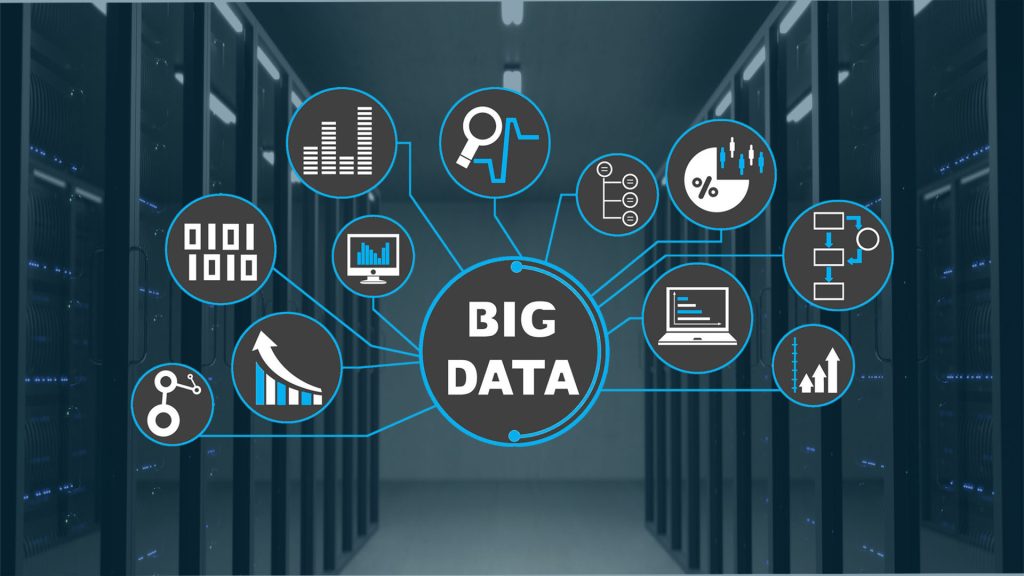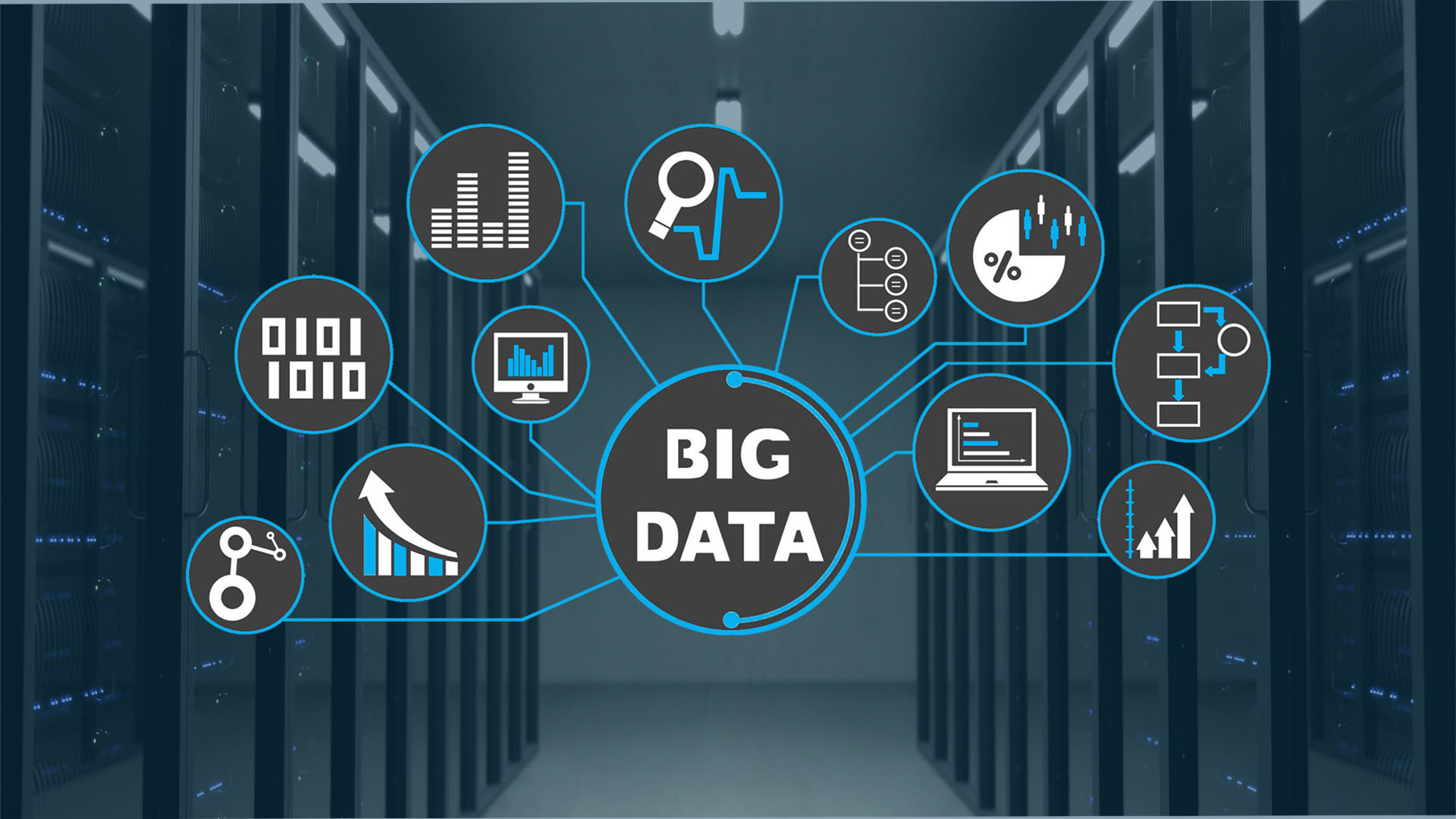In the modern business world, it has become Big data An essential tool for product and service innovation and achieving sustainable growth. Moreover, Data is no longer just numbers stored in databases; it has become a direct source of strategic insights that help companies make effective decisions. Conversely, organizations that ignore data use struggle to compete and may miss out on significant growth opportunities.
Therefore, leading companies today rely on Analyze data intelligently To transform ideas into innovative solutions that meet customer expectations. Furthermore, big data provides the ability to predict market trends, enhance customer experience, and accelerate product development, giving organizations a strong competitive advantage.
In this article, we will explain How to use big data to boost innovation Step by step. In addition, we will cover the practical applications of data in various sectors, the challenges facing companies, strategies for overcoming them, and the future of innovation using data. Moreover, We will explain how a company Reins helps you turn your data into a real competitive advantage.
First: What is big data and why is it important?
Definition of Big Data
Big data refers to massive collections of information characterized by their large size, diversity, and high speed of analysis. Moreover, This data flows from diverse sources, such as:
- Smart devices
- social media
- Customer Records
- Industrial systems
In contrast, data is not just numbers; it is insights that can be analyzed, helping companies improve their strategies and achieve continuous innovation.
The importance of big data in innovation
Big data plays a pivotal role in:
- Making accurate decisions: Data analysis gives the team a clear view, away from guesswork.
- Product and service development: Understanding customer needs enables teams to create solutions that meet their expectations.
- Discovering new opportunities: Pattern analysis helps companies identify previously undiscovered growth opportunities.
- Increased operational efficiency: Data analysis enables teams to improve processes and reduce waste, thereby lowering costs.
Therefore, organizations that use data effectively achieve a clear competitive advantage, in addition to fostering continuous innovation. Moreover, Companies that invest in data analytics become better prepared to face future challenges.
Second: How does big data contribute to innovation?
1. Predicting market trends
Data analytics enables companies to predict what customers want before it happens. Moreover, This forecasting allows companies to offer innovative products and services before competitors, giving them a clear competitive advantage. Conversely, companies that do not utilize analytics lose the ability to predict future trends.
2. Improving customer experience
Furthermore, data provides the ability to better understand customer preferences, enabling teams to design customized services that meet each customer’s needs. This, in turn, increases brand loyalty and enhances customer satisfaction, directly impacting revenue growth. Moreover, Companies that provide an outstanding customer experience benefit from customer recommendations and quickly spread their positive reputation.
3. Accelerate product development
Using data, teams can identify the strengths and weaknesses of existing products. As a result, new product development becomes faster and more efficient, and time to market is reduced. Furthermore, continuous data analysis enables teams to dynamically adapt products to market needs.
4. Supporting open innovation
Moreover, Sharing data with external partners such as universities or startups opens new horizons for innovation. Simultaneously, this collaboration allows for the faster and more efficient development of innovative solutions and creates an interactive environment for research and development. Therefore, open innovation relies heavily on big data.
5. Creating new business models
In addition, companies use data to build innovative business models, such as smart subscription systems, personalized recommendations, or demand analytics platforms. Consequently, data becomes a key source for creating new value and increasing revenue, as well as improving customer relationships and business sustainability.
Third: Practical applications of big data
First: The health sector
In the healthcare sector, data helps to:
- Developing personalized medicines: Analyzing genetic data and patient records enables teams to create precise and effective treatments. Furthermore, this analysis accelerates the discovery of new drugs that minimize side effects.
- Epidemic management: Governments can predict disease outbreaks and take appropriate preventive measures, thereby better protecting society.
- Improving healthcare: Analyzing patient data enables hospitals to provide treatment plans tailored to each individual case, as well as improving the quality of services and reducing medical errors.
Second: Industry and Manufacturing
In industry, data is used to drive innovation by:
- Smart production: improving the efficiency of production lines and reducing costs, thereby increasing profits.
- Preventive maintenance: Predicting breakdowns before they occur reduces unplanned production downtime; moreover, it reduces production losses and improves business continuity.
- Improved supply chains: Real-time data monitoring and analysis ensures availability and efficiency, as well as rapid adaptation to market changes.
Third: The financial sector
The financial sector uses data to provide more effective services by:
- Fraud detection: Identifying abnormal transactions more quickly, thus reducing financial risks.
- Risk analysis: Improves risk management strategies and reduces potential losses. Furthermore, ongoing analysis helps in making sound financial decisions.
- Personalized financial products: Providing customized financial solutions for each customer based on their data, thereby enhancing customer satisfaction and increasing loyalty.
Fourth: The Education Sector
The education sector leverages data to enhance innovation through:
- Personalized learning: Designing educational programs that suit each student’s abilities, as well as enhancing the individual learning experience.
- Improving the learning experience: Monitoring student performance and providing individual support increases the effectiveness of the educational process.
- Creating smart learning environments: Using data-driven platforms to provide an immersive and engaging learning experience, as well as enhancing student engagement.
Fourth: Challenges facing the use of big data
Despite the significant benefits of big data, companies face several key challenges that must be handled wisely:
- Privacy and security: Data protection is essential to prevent breaches or the illegal use of information. Furthermore, compliance with regulations such as GDPR enhances customer trust and ensures regulatory compliance.
- Lack of technical skills: Companies need experts specializing in data analysis and artificial intelligence, therefore continuous employee training is a top priority.
- High costs: Collecting and analyzing data requires significant investments in infrastructure, hardware, and software; however, the long-term benefits outweigh these costs.
- Data complexity: Diverse and large datasets require advanced analytical tools to understand patterns and extract insights, in addition to the need for trained teams to handle them.
Fifth: Strategies for overcoming challenges
1. Investing in technology
Using cloud computing and advanced data analytics tools increases the accuracy of analysis and reduces costs. Moreover, These technologies enable companies to process huge amounts of data quickly and efficiently.
2. Building internal skills
Employee training and the hiring of data experts enhance the ability to innovate more rapidly. Furthermore, ongoing training programs ensure skills are updated and that users stay abreast of the latest technologies in data analytics.
3. Cooperation with external partners
Partnering with universities, startups, and research centers helps to exchange experiences and reach innovative solutions. Moreover, This collaboration contributes to the development of joint projects that promote innovation more quickly.
4. Data Protection
Adopting strict encryption policies, access control, and compliance with regulations like GDPR ensures data protection and reliable analysis. Conversely, companies that neglect data protection risk losing customers and damaging their reputation.
Sixth: The future of innovation using big data
- Integrating data with artificial intelligence: It speeds up decision-making and increases its accuracy, and enables companies to predict future trends with greater accuracy.
- Real-time innovation: Instant data analysis enables teams to respond to changes in the market faster, and thus launch innovative products and services in less time.
- Supporting sustainability: Using data to address energy and environmental problems enhances the sustainability of operations, enables the development of environmentally friendly products, and strengthens the company’s reputation and credibility.
Seventh: Reins’ role in transforming data into innovation
If you are looking for a reliable partner to transform your data into a force for innovation, then Reins Company It provides you with integrated solutions, including:
- Advanced data analytics platforms, which help to extract accurate and actionable insights.
- Artificial intelligence tools to support decision-making and analyze future trends.
- Supporting the development of innovative products and services based on data.
Ultimately, big data represents a driving force for innovation across all sectors. Moreover, Companies can do this by:
- Investing in technology
- Building internal competencies
- Strengthening cooperation with partners
- Data protection
Transforming data into a competitive advantage and achieving sustainable innovation. Therefore, companies that invest in data analytics and utilize it intelligently are better equipped to develop innovative products and services, meet customer expectations, and grow confidently in ever-changing markets.













